Tired of gluten-free bread that crumbles or tastes like cardboard? This psyllium husk bread finally delivers the soft, springy loaf you’ve been craving.
Tired of gluten-free or keto breads that fall apart, taste bland, or feel like cardboard? You’re not alone. Many recipes promise great results but leave you with dry, crumbly disappointment. This psyllium husk bread recipe changes that. It’s your no-fail guide to baking a perfectly soft, squishy, and flavorful loaf that suits your diet and your taste buds.
One master recipe includes tested options for Keto, Gluten-Free, and Vegan diets, making it the most versatile psyllium husk bread recipe online. Whether you’re managing diabetes, cutting carbs, or avoiding gluten, you’ll finally have a loaf that’s easy to slice, holds together, and actually tastes good.
Table of Contents
Why This Psyllium Husk Bread Recipe Works Better Than the Rest
- One master recipe with tested versions for Keto, Vegan, and Yeast-Free diets, all based on psyllium husk bread.
- Built to fix the most common problems like gummy centers, collapsed loaves, or that strange purple color.
- Delivers a perfectly soft and moist texture thanks to the psyllium gel method, which holds moisture and creates a sandwich-ready crumb.
- No kneading needed, which makes it easy for beginners to get great results on the first try.
- Clean ingredients and a forgiving process that welcomes adjustments without ruining the loaf
⭐️⭐️⭐️⭐️⭐️
Harvard Health (Harvard Medical School) highlights psyllium’s effect on cholesterolsupported by clinical research: “Psyllium husk helps lower LDL cholesterol levels as well as two other lipid markers for cardiovascular disease. It’s thought to work by absorbing bile acids…”
You’ll Also Love
➤ Best Breads for Diabetics
➤ Diabetic Bread Recipes for Stable Blood Sugar
➤ Keto Bread Recipes You’ll Love Soft Fluffy Easy
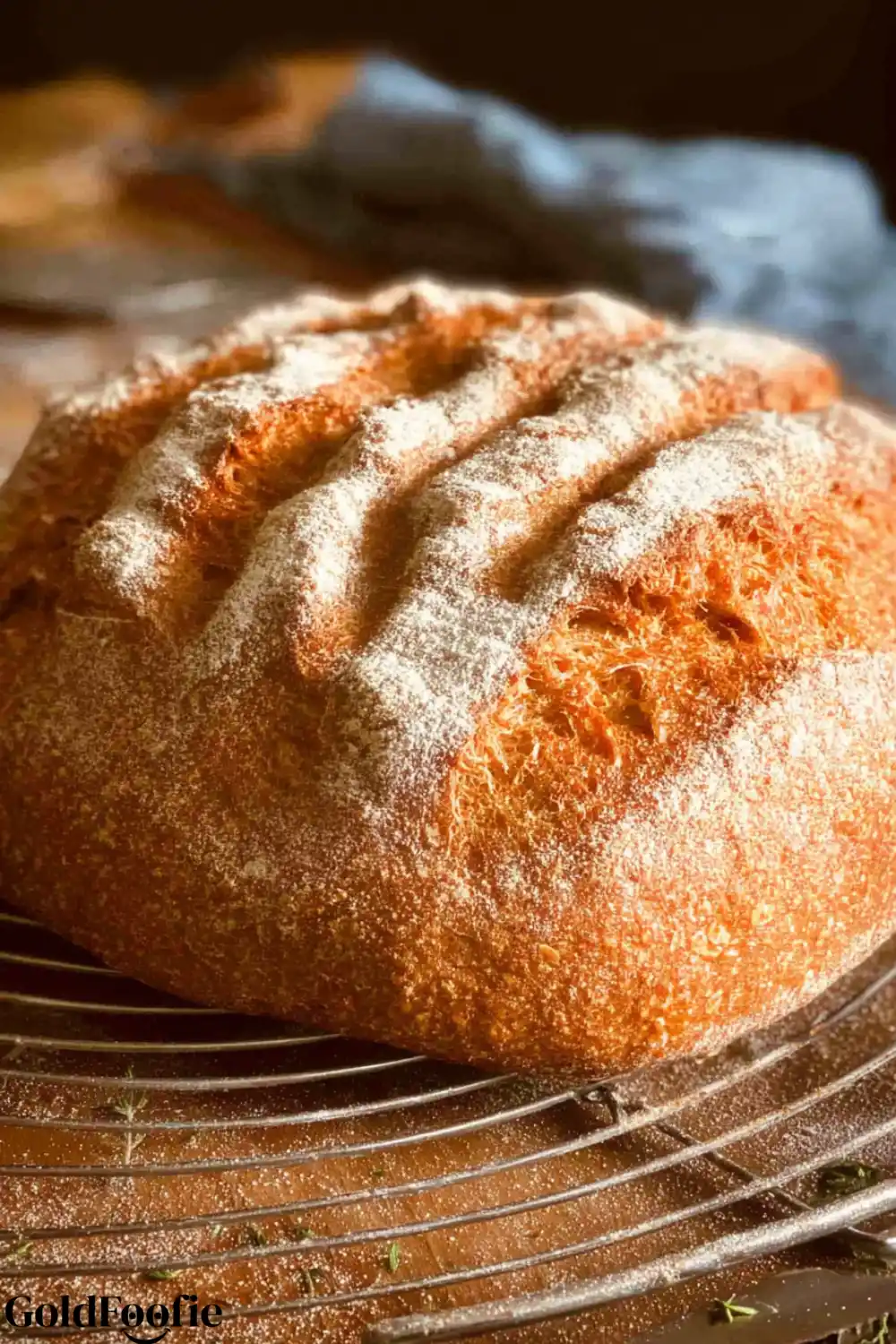
Ingredients Needed for Psyllium Husk Bread
Wet Ingredients
- Whole psyllium husks 20 grams. If using psyllium powder, use 18 grams instead.
- Water 435 grams, use room temperature or slightly warm.
- Sugar, honey, or maple syrup 15 grams to help activate the yeast and add a hint of sweetness.
Dry Ingredients
- Brown rice flour or sorghum flour 100 grams.
- White rice flour 100 grams for a neutral base.
- Tapioca starch or arrowroot starch 100 grams for flexibility and softness.
- Potato starch or cornstarch 100 grams to boost structure.
- Salt 12 grams to balance flavor.
- Instant yeast 7 grams for rise and airiness.
These ingredients create a solid foundation for psyllium husk bread that is soft, balanced, and adaptable to your dietary needs.
How to Make Diabetic-Friendly Psyllium Husk Bread
- In a medium bowl, whisk together whole psyllium husks, water, and sugar. Let the mixture sit. The psyllium will absorb the water and form a thick gel within one to two minutes. This gel is the key to soft psyllium husk bread.
- In a large mixing bowl, combine all dry ingredients including brown rice flour, white rice flour, tapioca starch, potato starch, salt, and instant yeast. Whisk well to evenly distribute the ingredients.
- Once the psyllium gel is ready, pour it into the bowl with dry ingredients. Use a wooden spoon, electric mixer, or clean hands to mix until a sticky dough forms. Expect the dough to feel wet but manageable.
- Lightly flour your work surface. Flatten the dough into a round disc. Fold each side of the disc toward the center. Flip it over and shape it into a smooth ball by turning it in your hands and tucking the sides under.
- Transfer the dough into a floured proofing basket or place it in a bowl lined with a clean kitchen towel. If using a bread pan, place the dough directly into a greased pan. Cover it with a towel and let it rise in a warm, draft-free spot for 30 to 60 minutes. Watch carefully. Do not let it double in size or it may collapse during baking.
- Once the dough finishes proofing, place it on parchment paper. Score the top about one inch deep using a sharp knife or razor. If using a Dutch oven, gently lower the dough inside with the lid on. Start preheating the oven to 450°F or 230°C while the bread sits inside. Once preheated, bake for 40 minutes. Then remove the lid, lower the oven temperature to 350°F or 180°C, and bake for another 30 minutes directly on the oven rack.
- Remove the loaf and place it on a wire rack. Let it cool completely before slicing. This step is crucial. Cutting too early may cause the inside to become gummy.
Enjoy your homemade psyllium husk bread with confidence. It’s soft, satisfying, and diabetic-friendly.
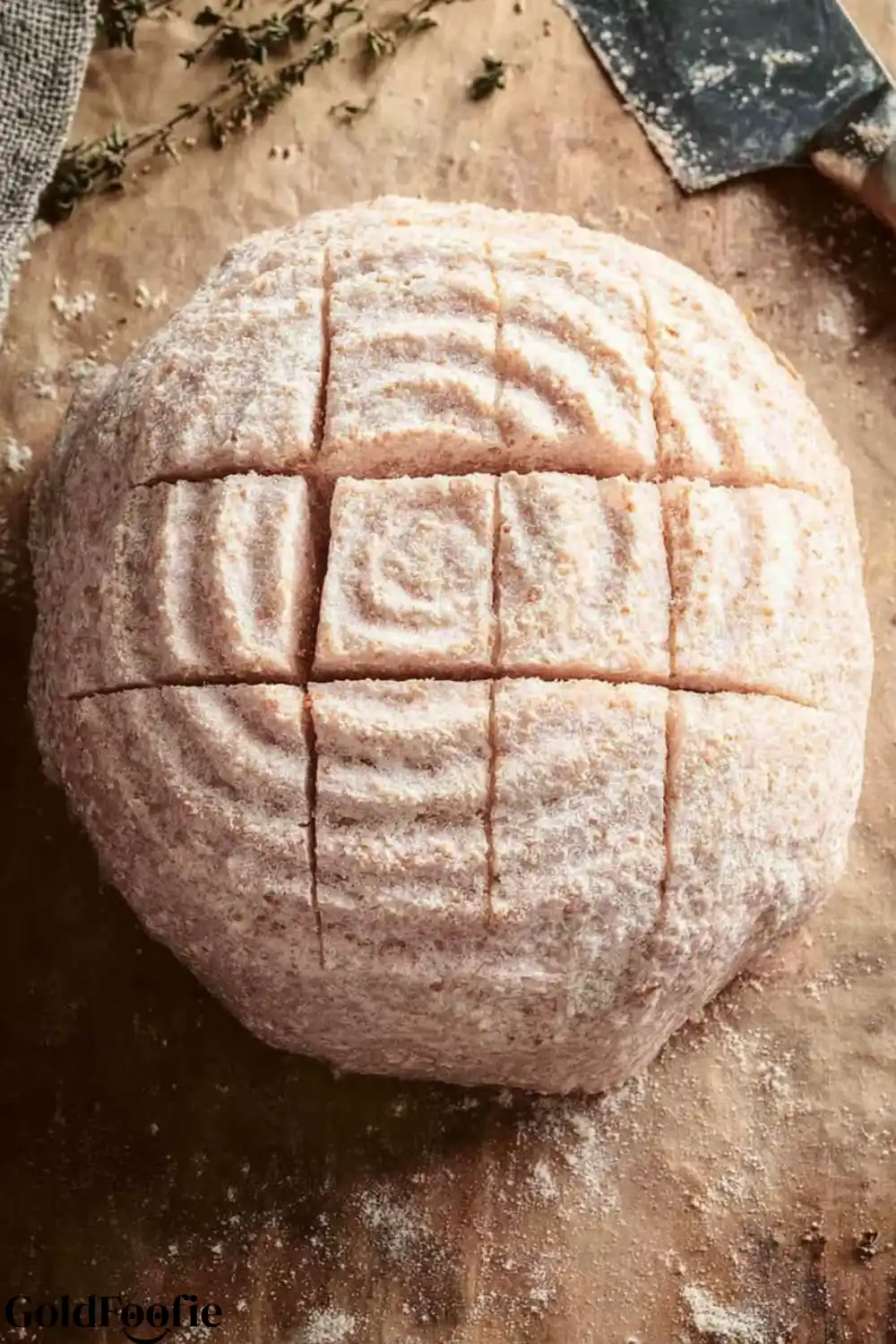
Nutrition Information (Per Slice of Psyllium Husk Bread)
| Nutrient | Amount |
| Calories | 404 kcal |
| Carbohydrates | 91.6 g |
| Protein | 7.9 g |
| Fat | 1.7 g |
| Saturated Fat | 0.6 g |
| Sodium | 1477 mg |
| Potassium | 103 mg |
| Fiber | 16 g |
| Sugar | 7.5 g |
| Calcium | 4 mg |
| Iron | 1 mg |
| Net Carbs | 75.6 g |
This breakdown helps you understand exactly what you’re getting with each serving of psyllium husk bread. It supports blood sugar control with high fiber and keeps you full longer.
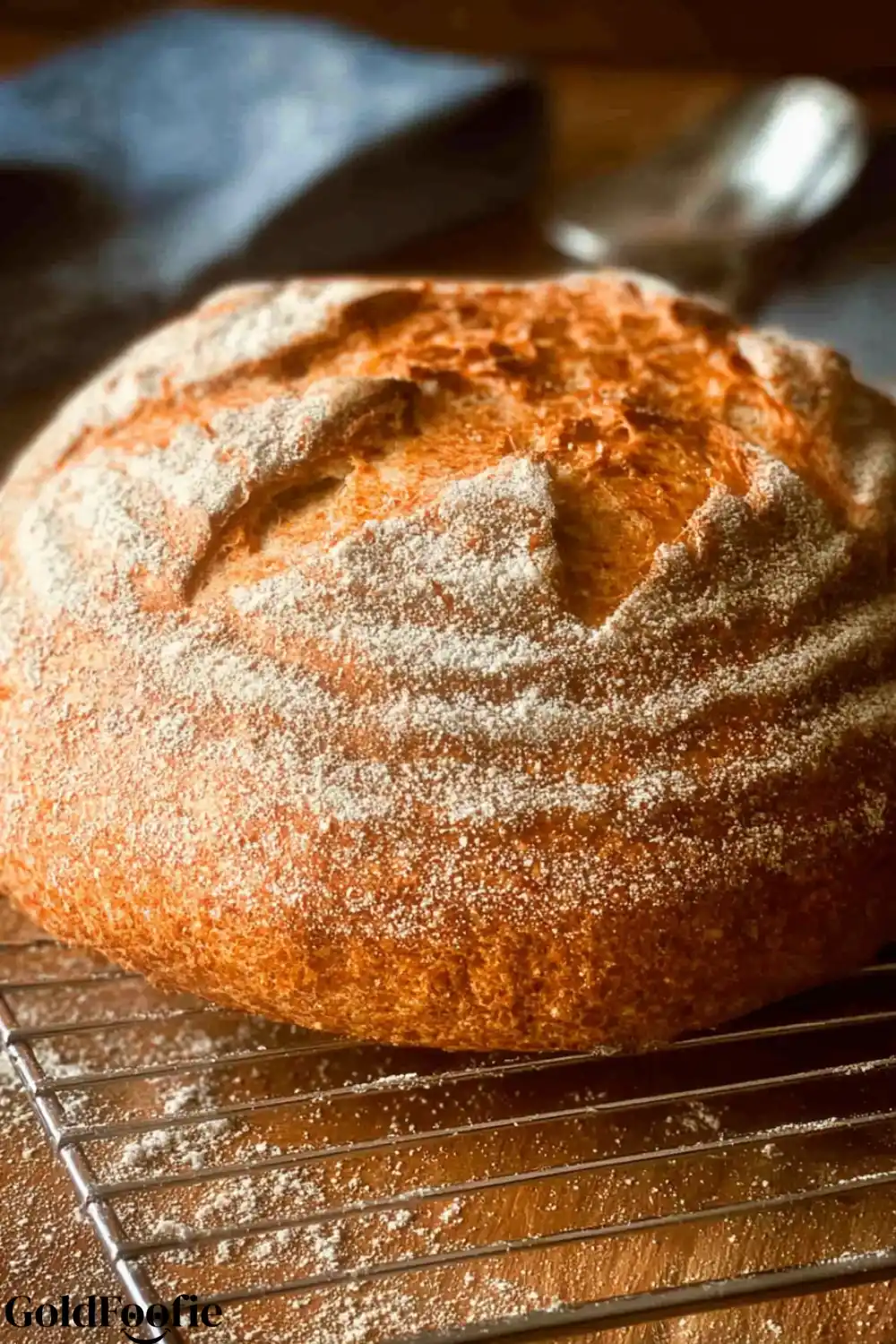
Psyllium Husk Bread
Ingredients
Method
- In a medium bowl, whisk together whole psyllium husks, water, and sugar. Let sit for 1–2 minutes to form a thick gel.
- In a large bowl, combine brown rice flour, white rice flour, tapioca starch, potato starch, salt, and yeast. Whisk well.
- Add the psyllium gel to the dry ingredients. Mix with a wooden spoon, mixer, or hands until a sticky dough forms.
- Flour a work surface. Flatten dough into a disc, fold sides to center, flip, and shape into a smooth ball.
- Place dough in a floured proofing basket or greased loaf pan. Cover and proof in a warm spot for 30–60 minutes. Do not overproof.
- Transfer dough to parchment paper and score the top. Preheat oven to 230°C (450°F) with Dutch oven inside. Bake covered for 40 minutes.
- Remove lid, reduce heat to 180°C (350°F), and bake another 30 minutes. Cool completely on a wire rack before slicing.
Notes
Nutrition Facts (Per Serving)
Calories: 404 kcal | Carbohydrates: 91.6 g | Protein: 7.9 g | Fat: 1.7 g | Saturated Fat: 0.6 g | Sodium: 1477 mg | Potassium: 103 mg | Fiber: 16 g | Sugar: 7.5 g | Calcium: 4 mg | Iron: 1 mgRecipe Variations: Make Psyllium Husk Bread Your Own
Keto and Low-Carb Psyllium Husk Bread
Replace rice flours with a mix of almond flour and coconut flour. Use a keto-friendly sweetener like erythritol or monk fruit instead of sugar. Swap out starches with a smaller amount of ground flaxseed or additional almond flour to reduce carbs while keeping the texture firm and moist.
Vegan and Dairy-Free Psyllium Husk Bread
Use maple syrup or agave in place of honey. Replace any butter or dairy with olive oil or melted coconut oil. For egg-based variations, use flax eggs by mixing one tablespoon of ground flaxseed with three tablespoons of water per egg needed. Let it sit for ten minutes before using.
Yeast-Free Psyllium Husk Bread
Skip the yeast and instead use one tablespoon of baking powder. Expect a denser texture, similar to soda bread. This version is perfect for those with yeast sensitivities who still want the benefits of psyllium husk bread.
The Ultimate Troubleshooting Guide for Psyllium Husk Bread
Why did my bread turn purple?
Some psyllium brands naturally oxidize during baking, which can cause a purple or grey tint. This is harmless but not always pleasant to see. To avoid it, choose “blond” psyllium husk or use whole husks instead of powder. These options keep the crumb light and neutral in color.
How do I fix a gummy or wet bread?
Gummy texture usually means the bread was underbaked or sliced too soon. Always check the internal temperature. It should reach 205 to 210°F. Let the loaf cool completely before cutting. Warm bread will feel damp even if fully baked.
Why did my loaf collapse after baking?
Over-proofing or over-mixing can weaken the dough’s structure. Avoid letting the dough double in size. A well-proofed psyllium husk bread will rise gently and hold its shape. Look for a slightly domed top and springy feel before baking.
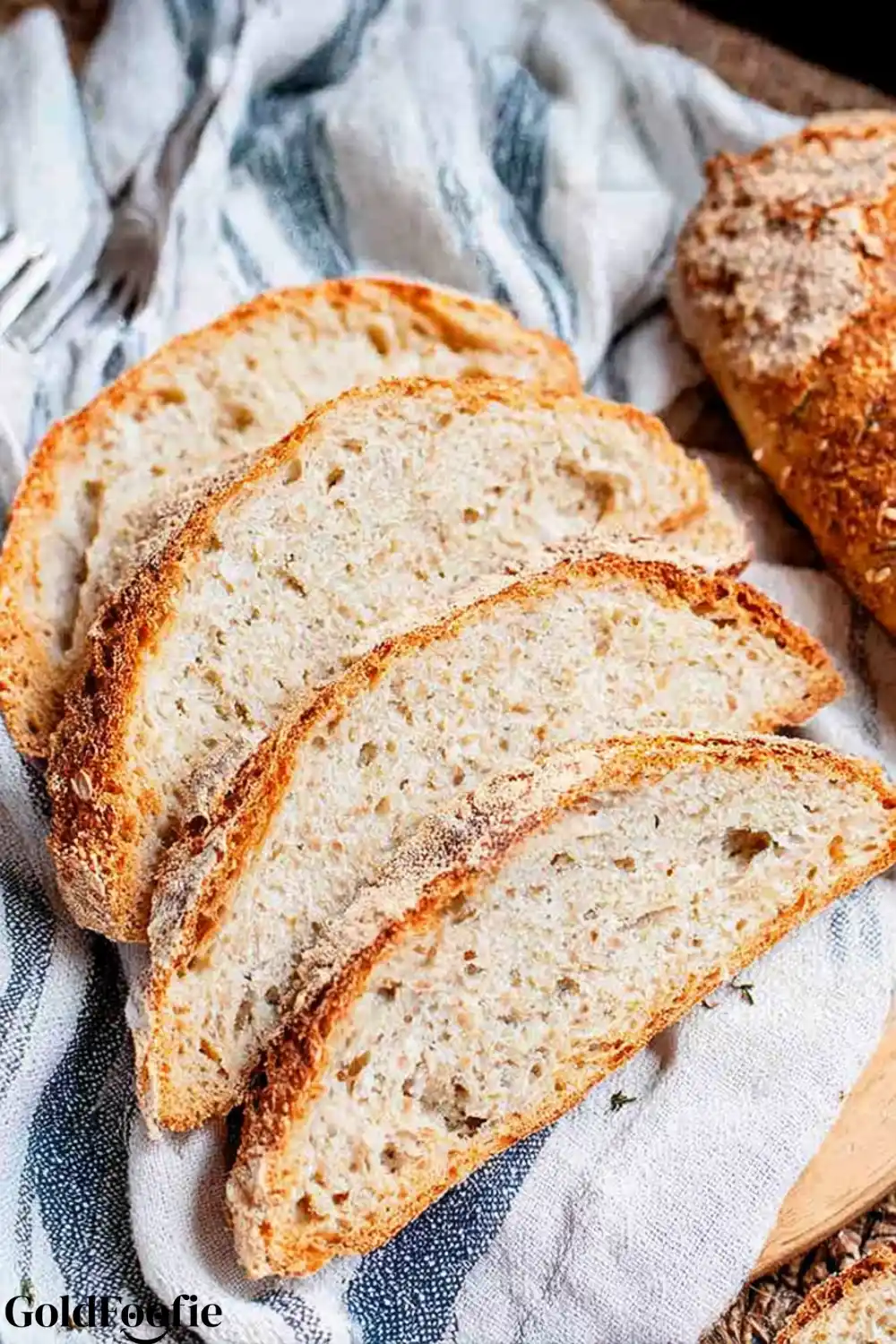
Psyllium Deep Dive: Whole Husks vs. Powder in Bread Recipes
Understanding the form of psyllium you use can completely change your bread’s outcome. Whole husks absorb water more slowly and create a firm, elastic gel. Psyllium powder absorbs water faster and creates a denser dough.
Key Differences
| Feature | Whole Psyllium Husks | Psyllium Powder |
| Water Absorption | Moderate and even | Fast and intense |
| Texture in Bread | Light and pliable | Dense and heavy |
| Common Use | Gluten-free baking | Fiber supplements |
Conversion Tip: If a recipe uses whole psyllium husks and you only have powder, reduce the amount to about 85 percent. For example, replace 20 grams of whole husks with 17 grams of powder.
Using the right type helps avoid gumminess or texture issues in psyllium husk bread. Always check your product label before baking.
How to Store and Freeze Psyllium Husk Bread
To keep your psyllium husk bread fresh and soft, let it cool completely before storing. At room temperature, place the loaf in a breathable bread bag or wrap it in a clean kitchen towel. This keeps the crust from getting soggy. It will stay good for three to four days.
For longer storage, slice the bread first. Place parchment paper between slices to prevent sticking. Store the slices in a sealed freezer-safe bag and freeze for up to three months. When ready to eat, toast or warm individual slices straight from the freezer. This keeps the texture close to fresh-baked.
Helpful Notes for Baking Psyllium Husk Bread
- Always weigh your ingredients using a kitchen scale for accuracy. Psyllium husk absorbs water differently by volume.
- Let the psyllium gel fully form before mixing with dry ingredients. This creates the soft, elastic crumb that makes psyllium husk bread so satisfying.
- Don’t rush the cooling process. Cutting warm bread can ruin the texture and make the inside feel sticky.
- For a crispier crust, remove the lid during the last ten minutes of baking if using a Dutch oven.
- If baking in a loaf pan, check the center with a thermometer. Aim for 205 to 210°F before removing it from the oven.
- Experiment with herbs or spices like rosemary, garlic powder, or onion flakes for extra flavor that complements the base recipe.
Frequently Asked Questions About Psyllium Husk Bread
What does psyllium husk do to bread?
Psyllium husk acts like a binder, helping gluten-free bread hold its shape. It traps moisture and creates a soft, chewy texture that mimics traditional wheat bread. Without it, many recipes would fall apart or feel dry.
Why should you be careful with psyllium husk?
Using too much psyllium husk can make the bread overly dense or even rubbery. Measuring by weight rather than volume ensures you get the right balance. Also, some brands may react differently during baking, so it’s best to test once before doubling a recipe.
What does psyllium husk do to your gut?
Psyllium husk is a natural fiber that supports digestive health. It adds bulk to stools and helps with regularity. For most people, it’s gentle and effective. But if you’re new to it, start with small amounts to avoid bloating.
How much psyllium husk is in gluten-free bread?
Most gluten-free bread recipes use around 15 to 20 grams of whole psyllium husks per loaf. That amount helps replace gluten’s structure without making the bread too dense. Always follow tested recipes like this psyllium husk bread to get the best texture and rise.
Final Thoughts
This psyllium husk bread recipe stands out for its soft texture, reliable results, and flexible options for every diet. Whether you’re looking for a gluten-free staple, a low-carb loaf, or a vegan-friendly version, this recipe has you covered.
Did you make this psyllium husk bread? I’d love to see how it turned out. Leave a comment and star rating below or tag me on your favorite social media platform. Let’s make healthy baking easier and more enjoyable for everyone.
Diabetes Nutrition Specialist | Healthy Diet Advocate | Founder of GoldFoodie.
My passion for nutrition began with a deeply personal journey supporting my father through his battle with diabetes. Watching his daily struggles made me realize how powerful the right food choices can be in improving quality of life. That experience drove me to dedicate my career to helping others live healthier, more balanced lives.






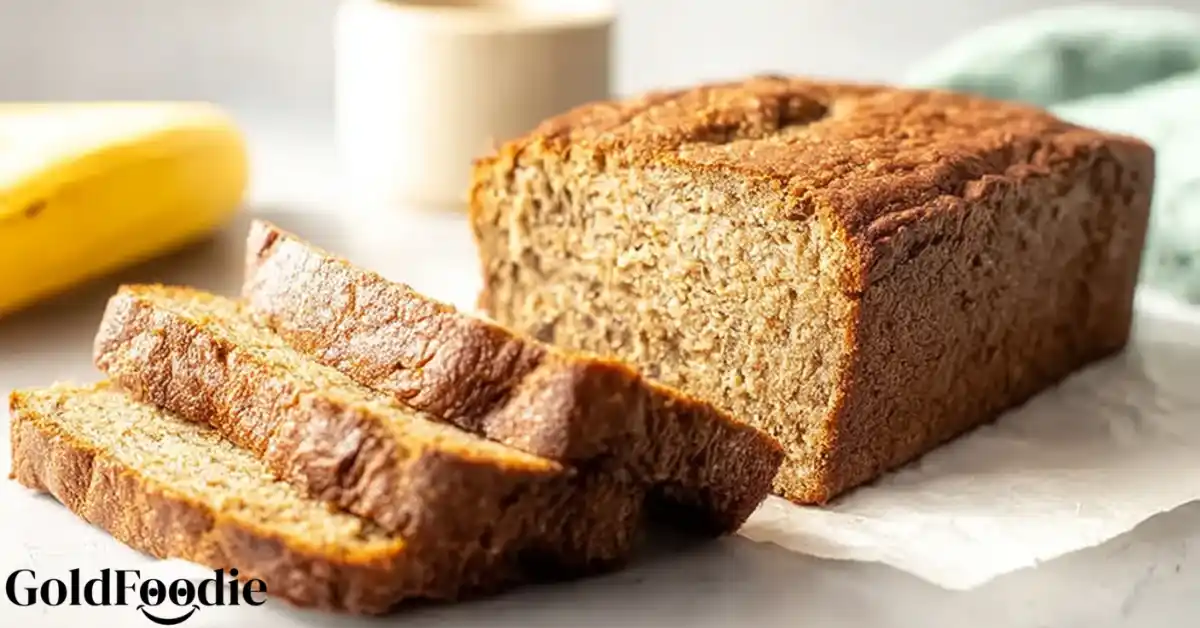
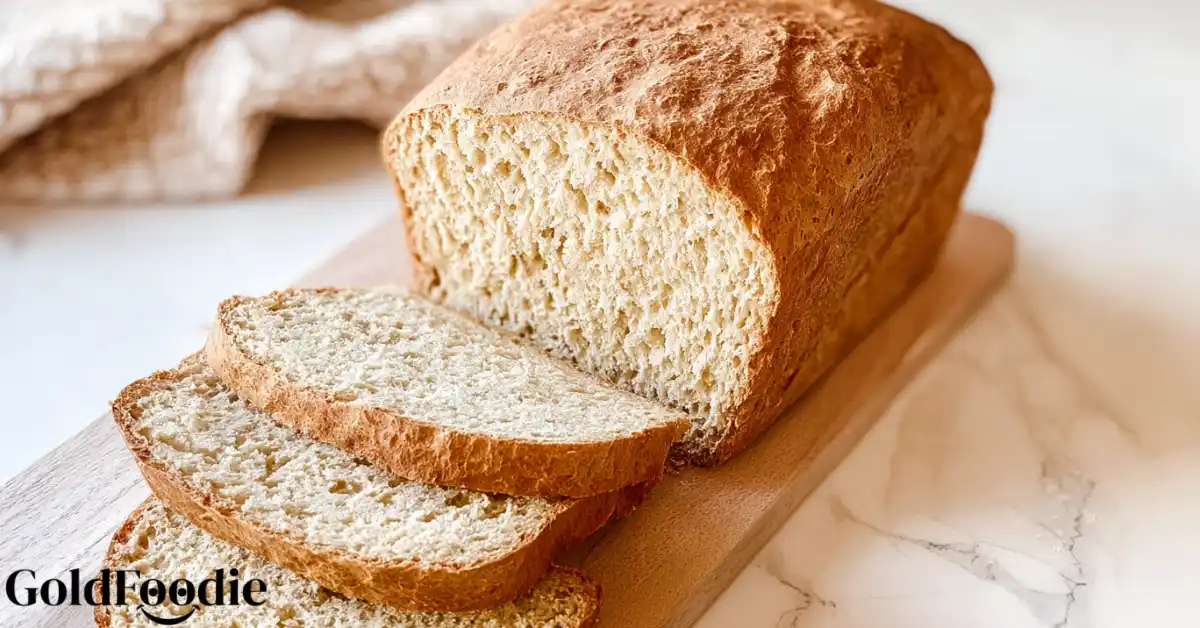
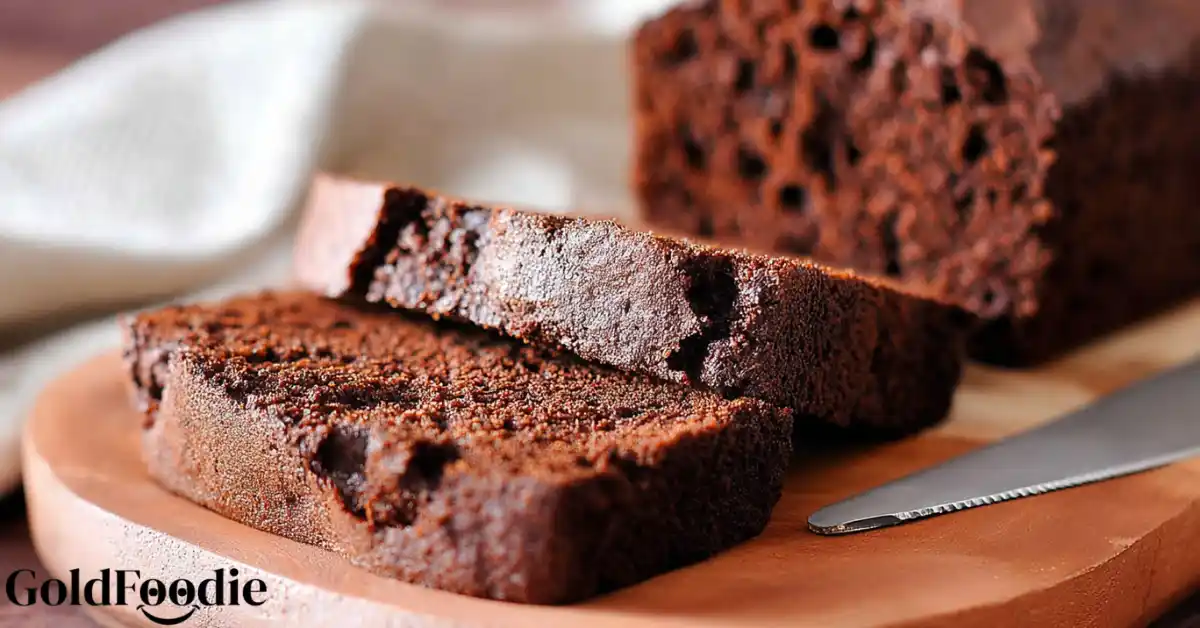
4 thoughts on “Psyllium Husk Bread No Fail Guide for Every Diet”